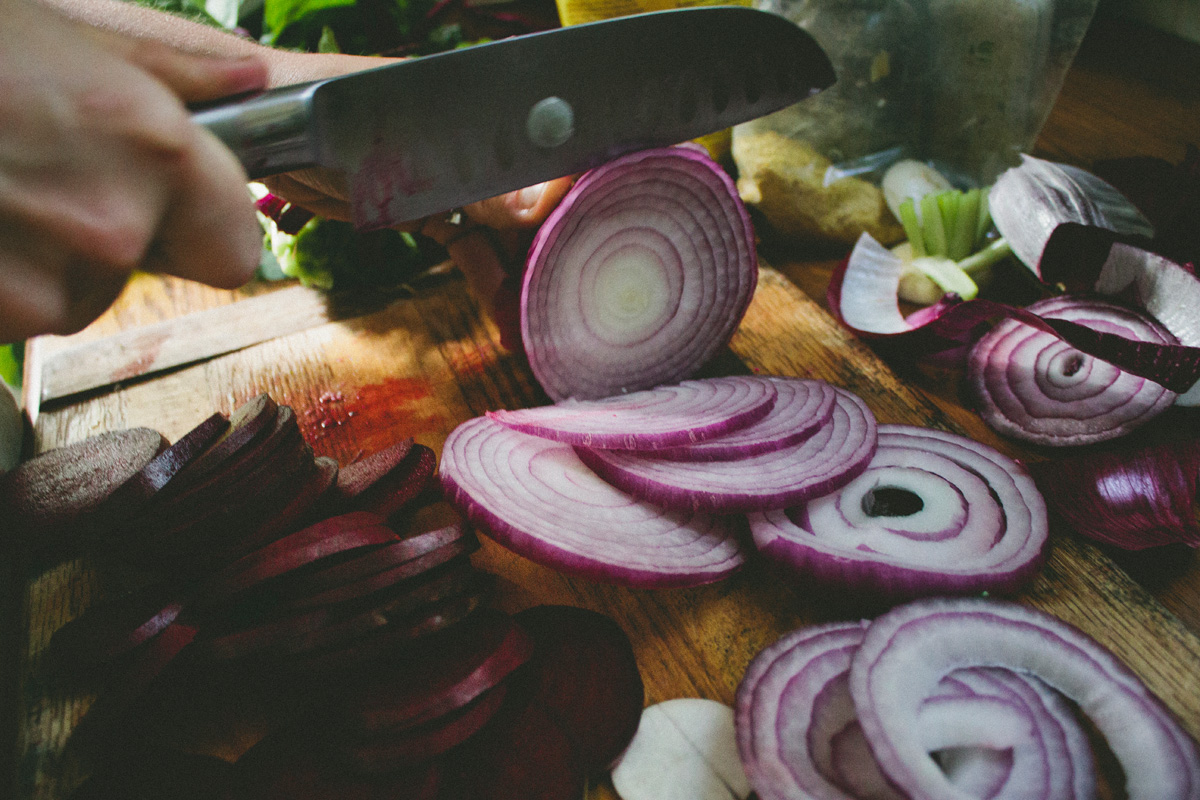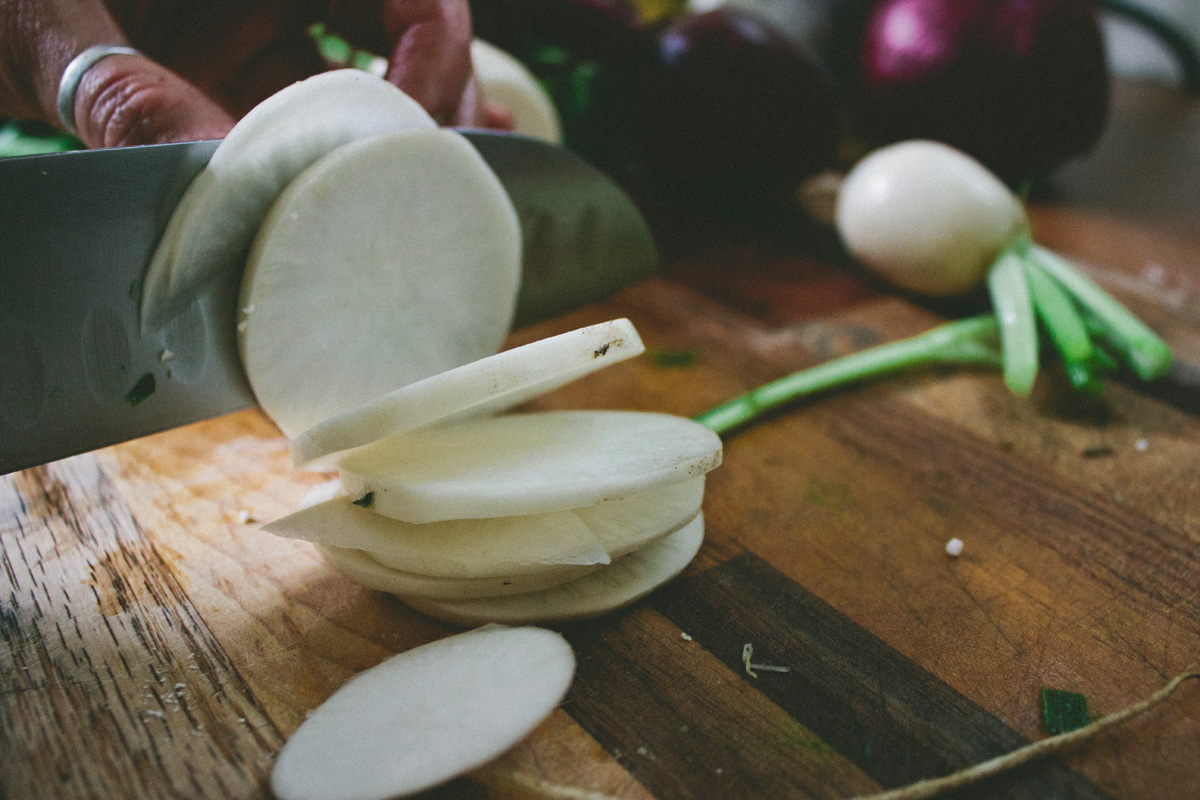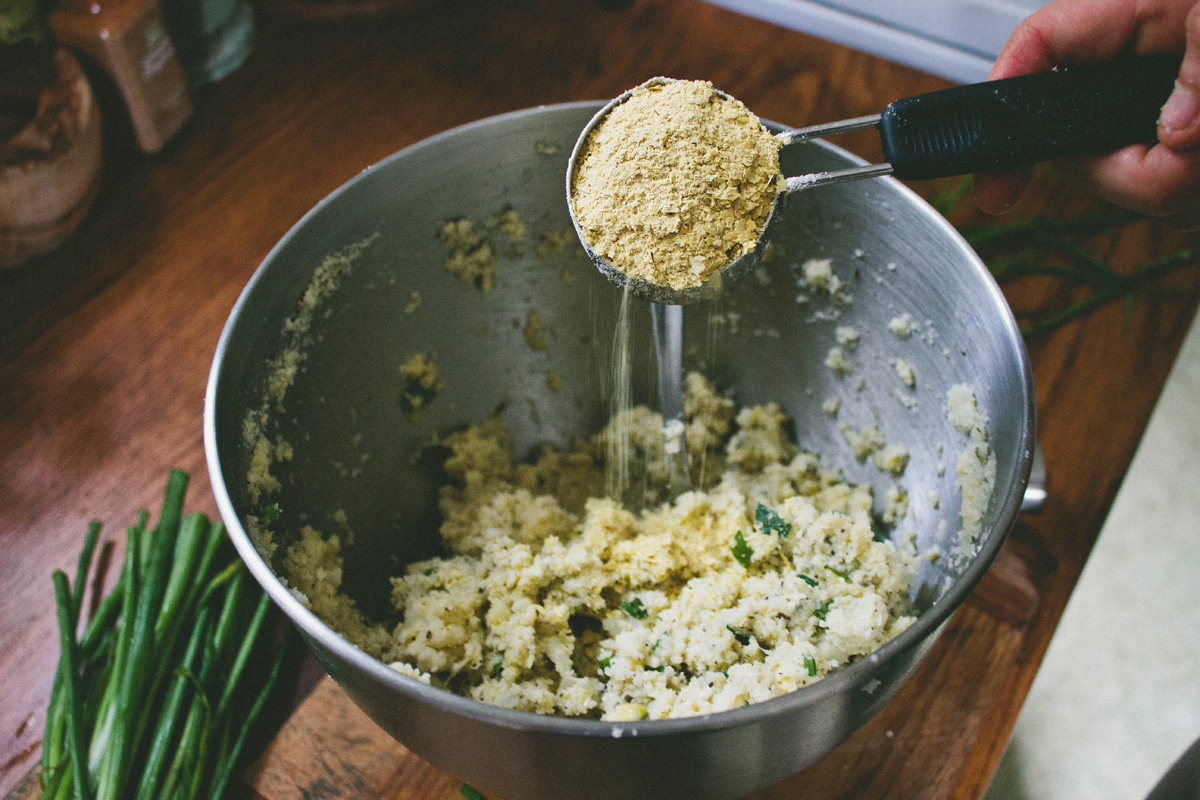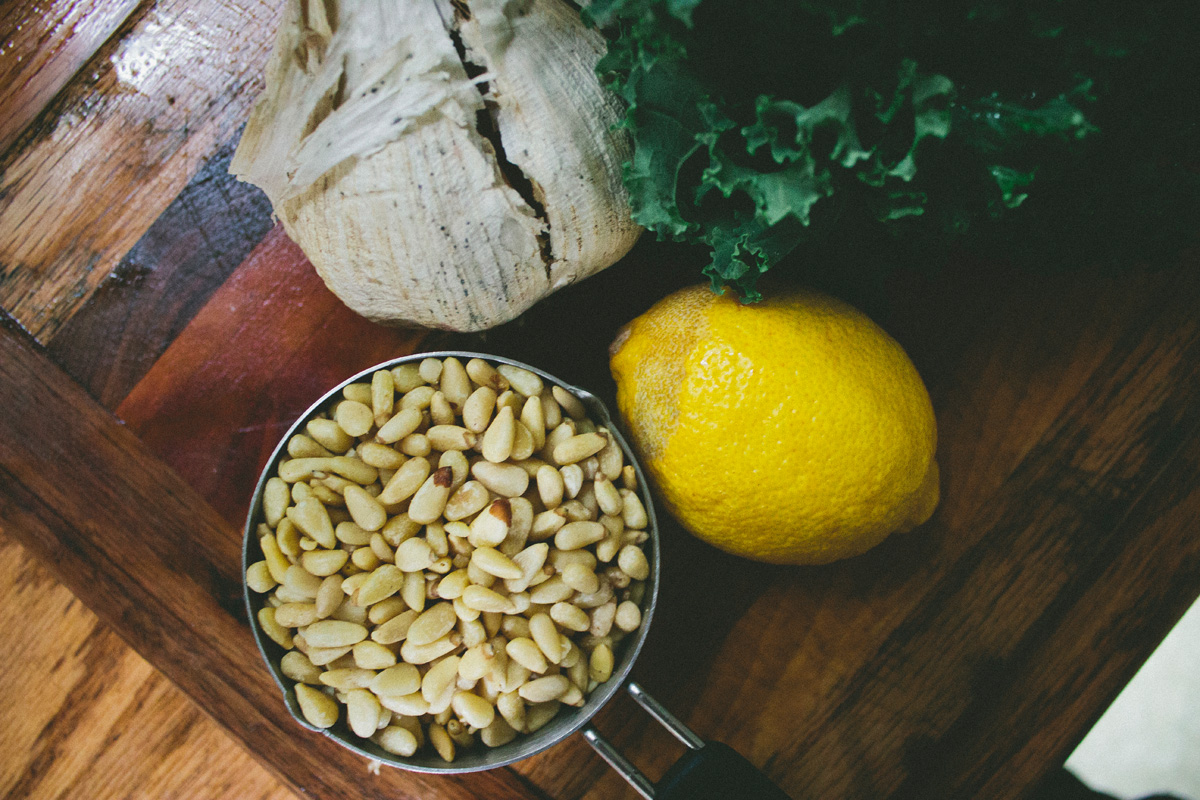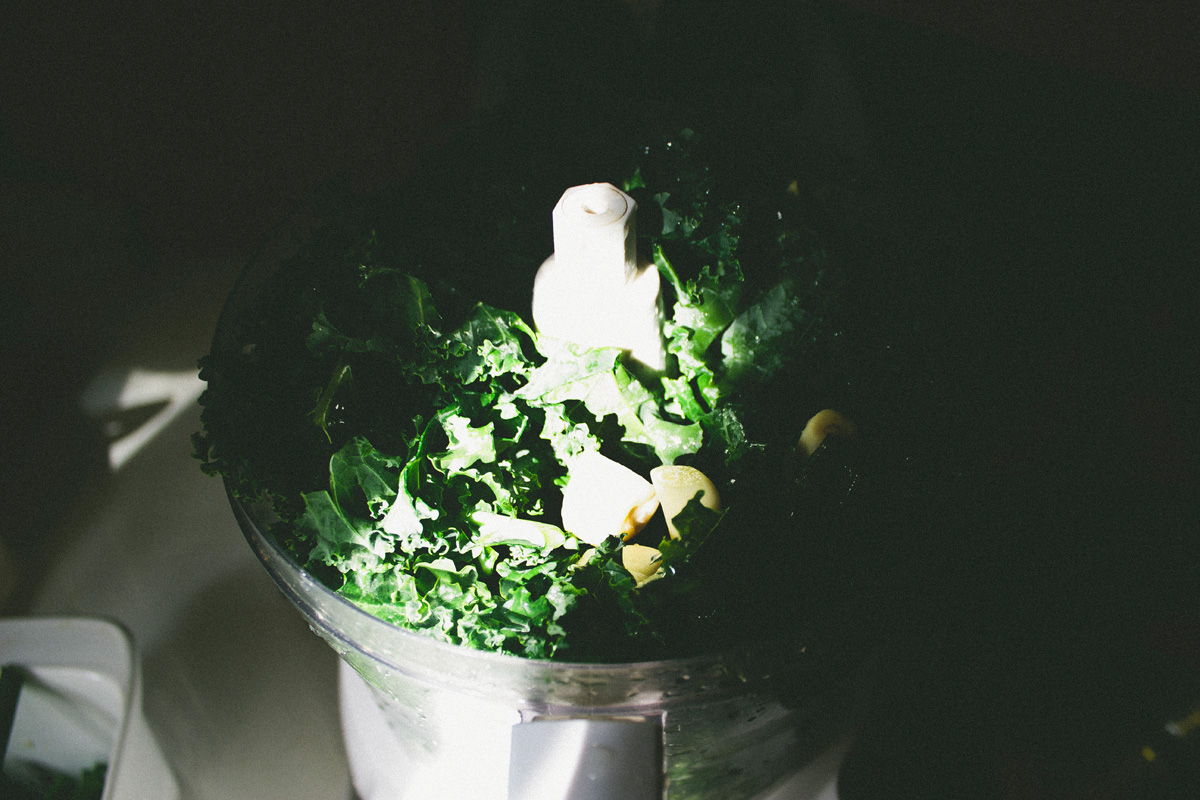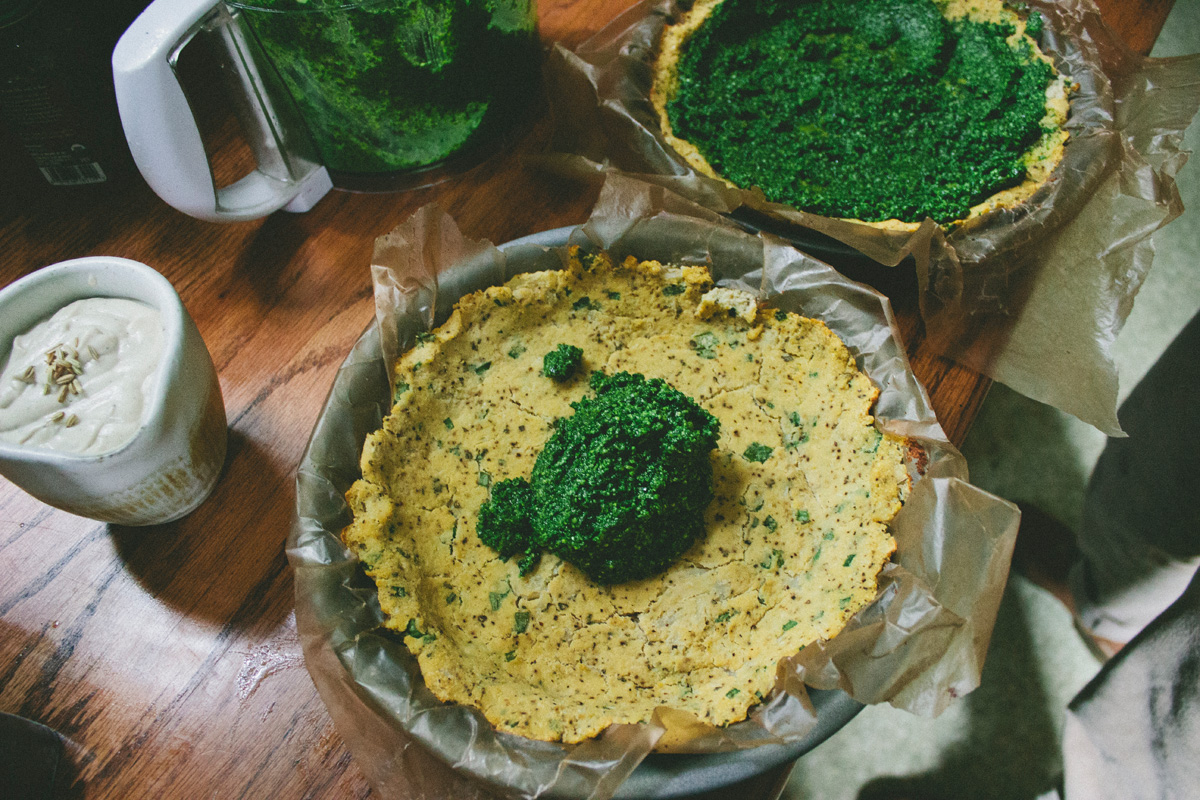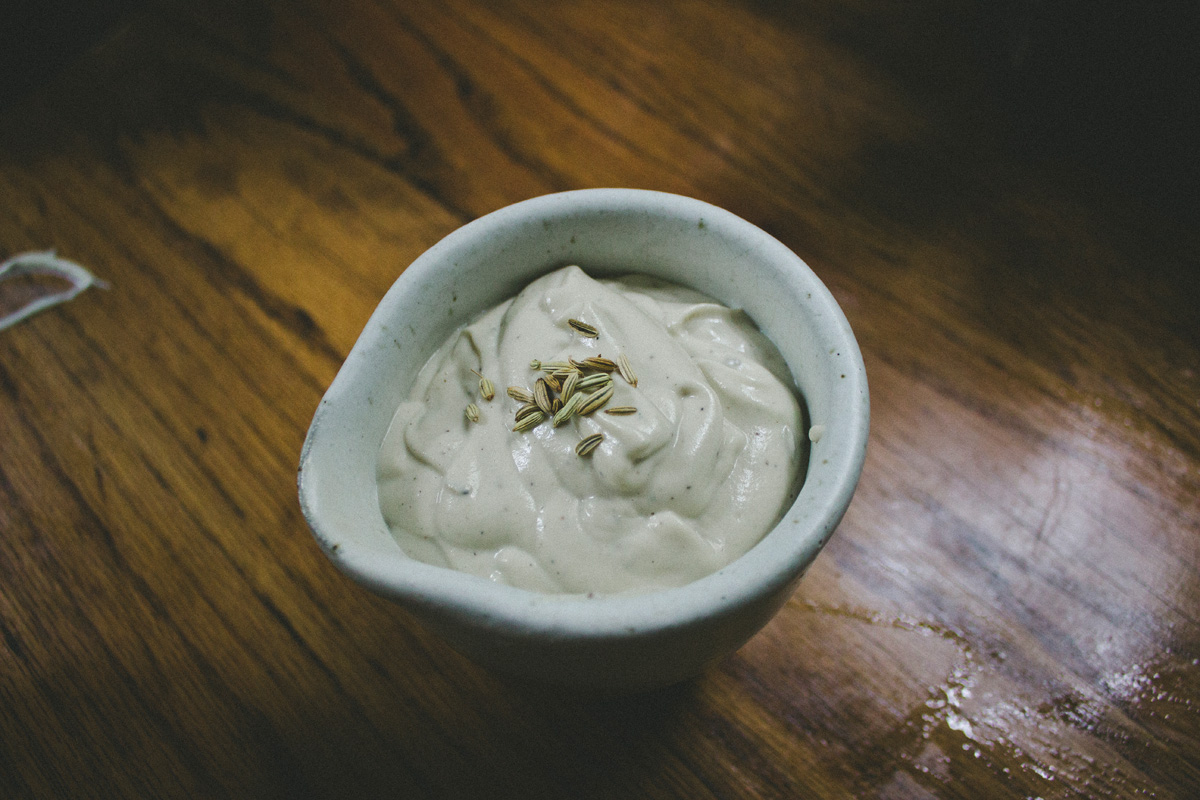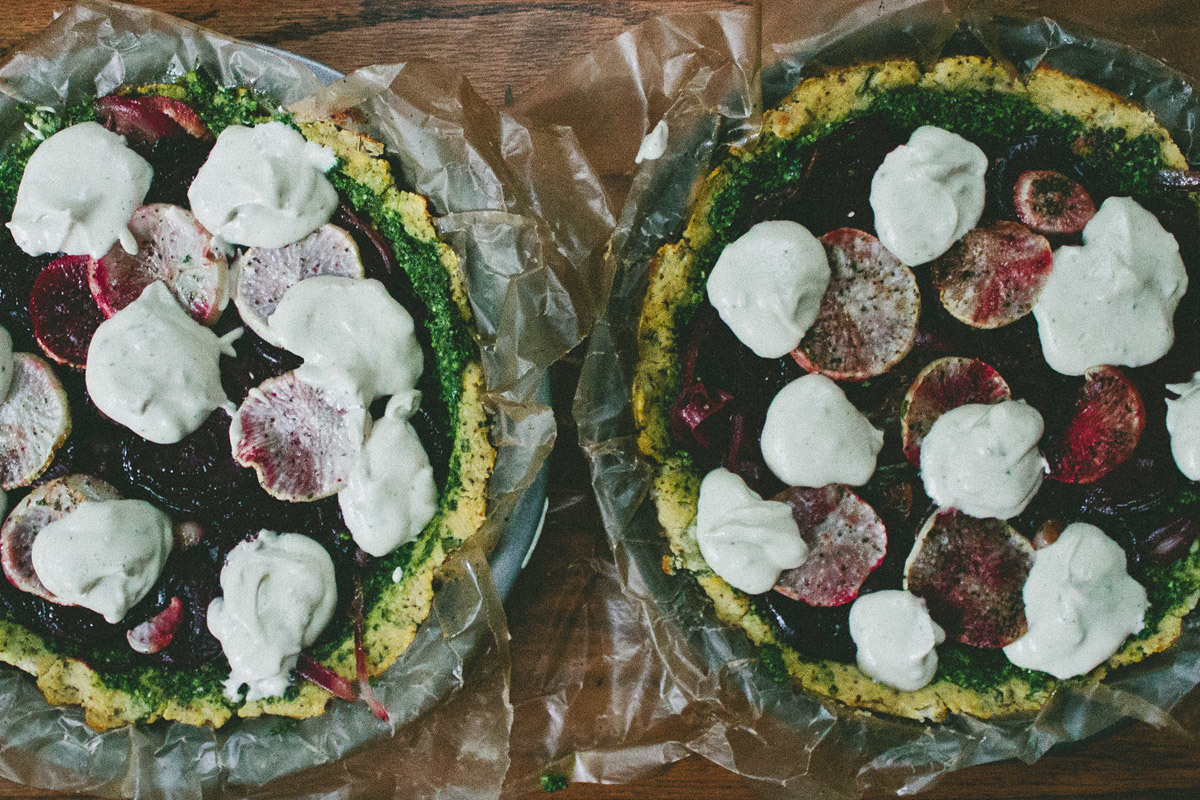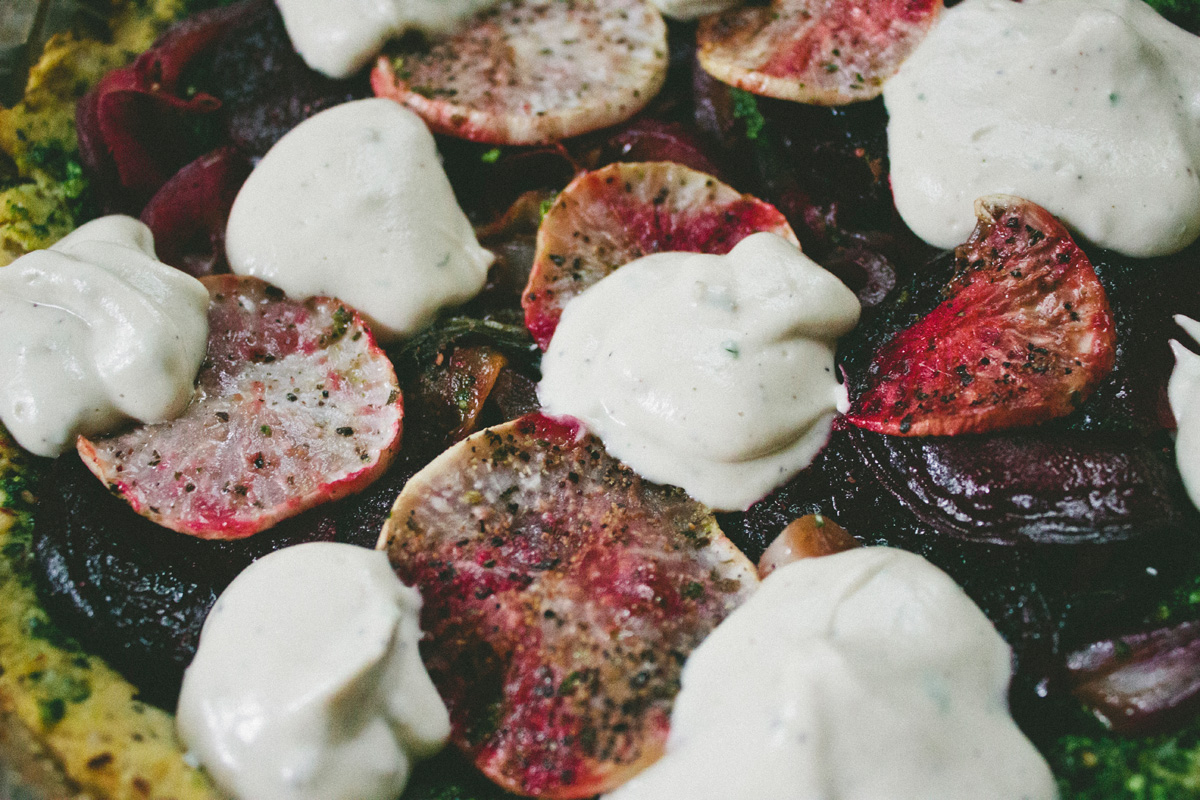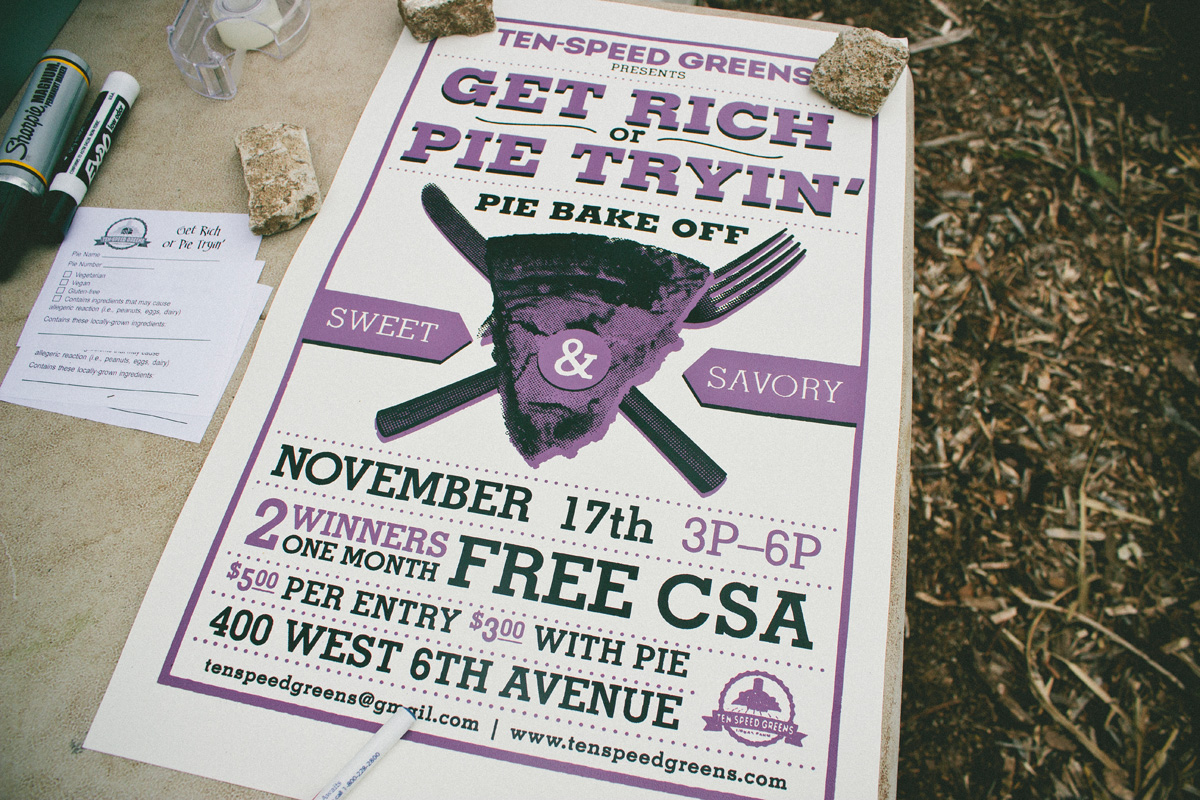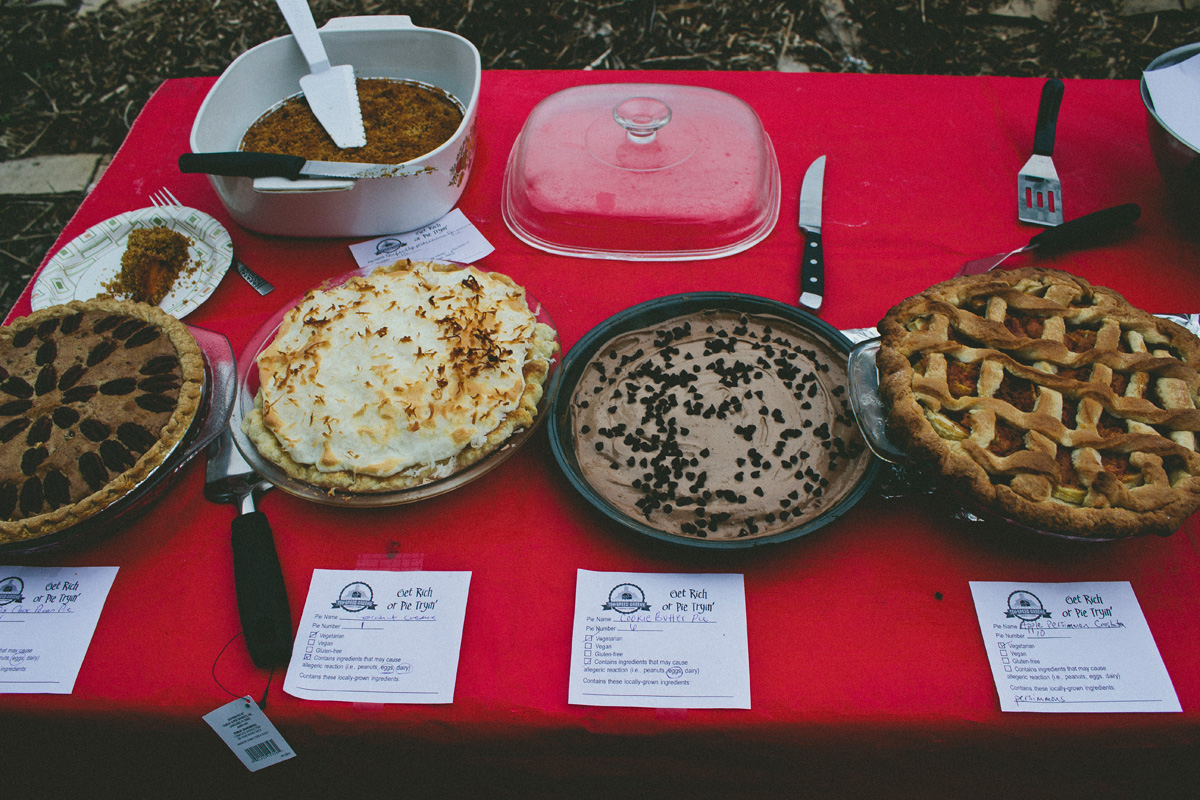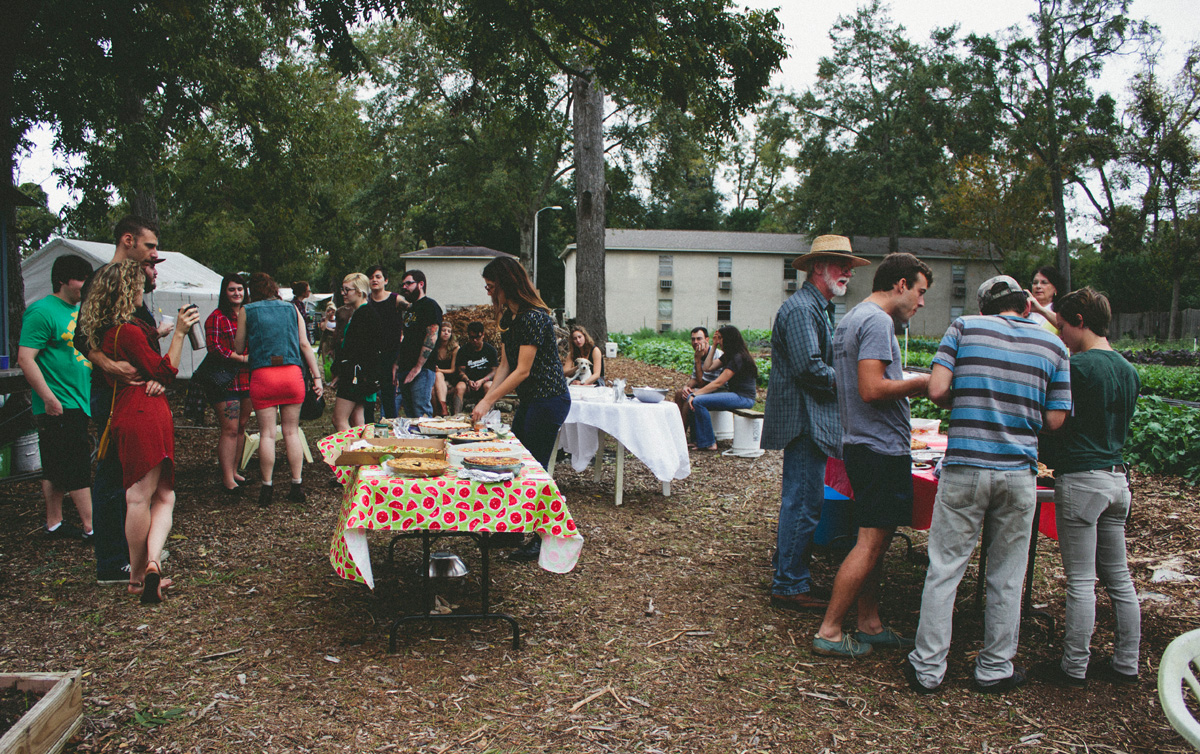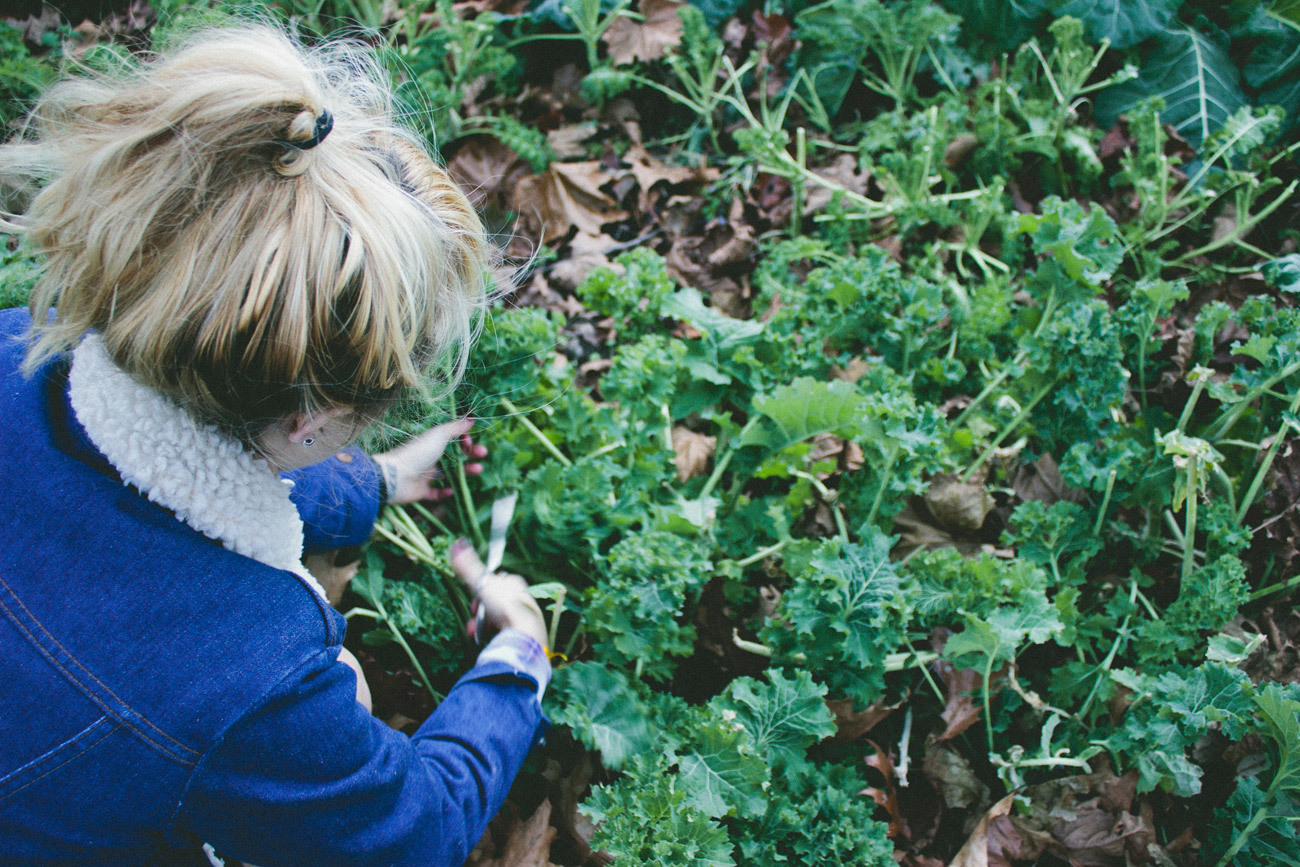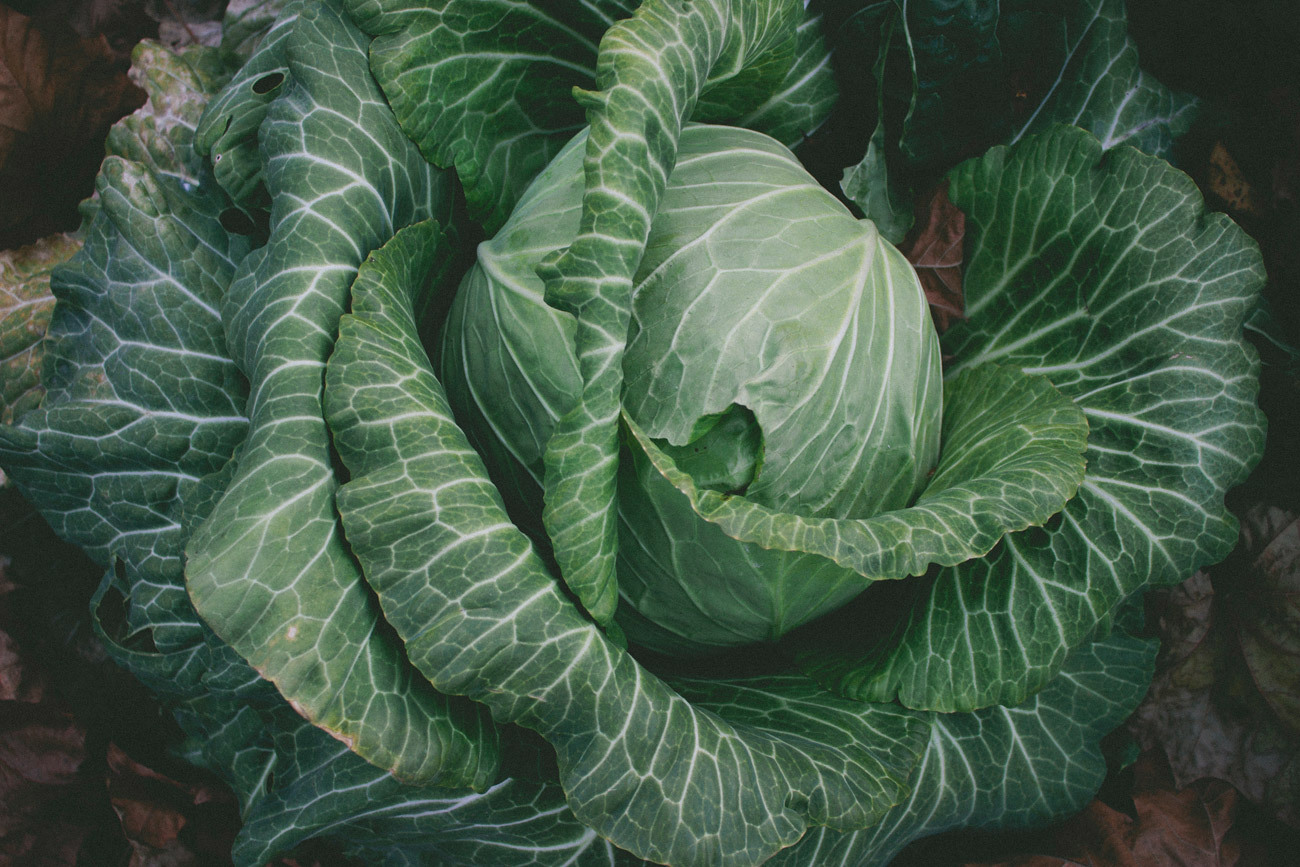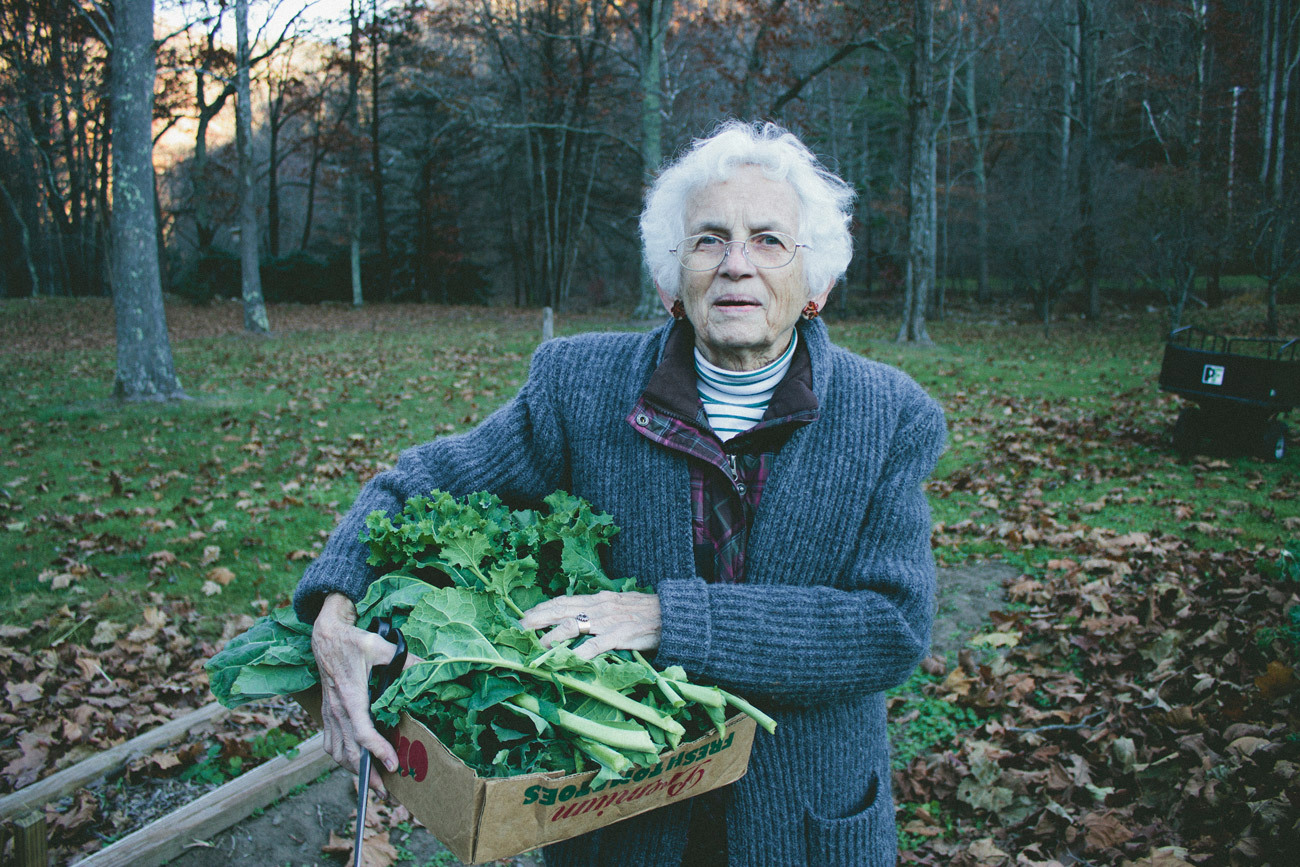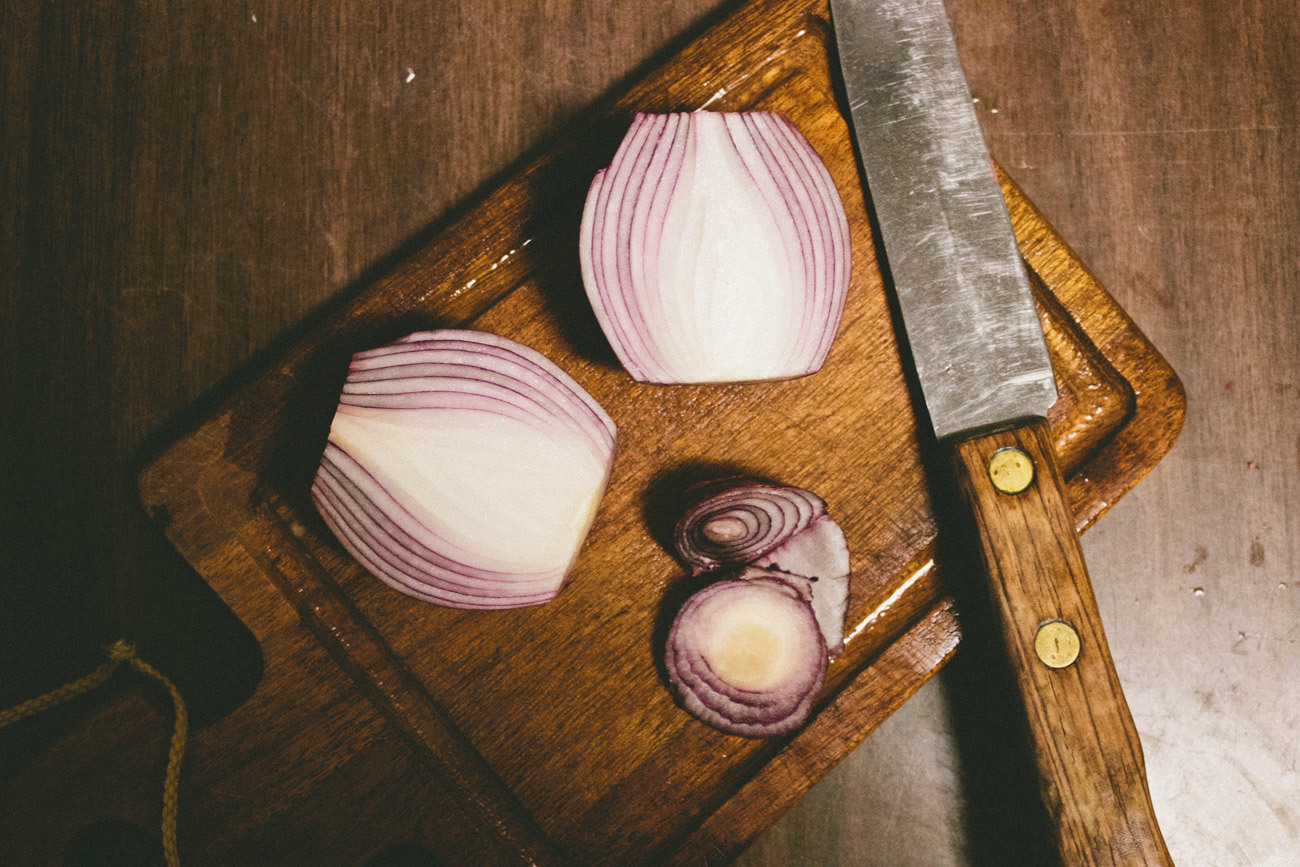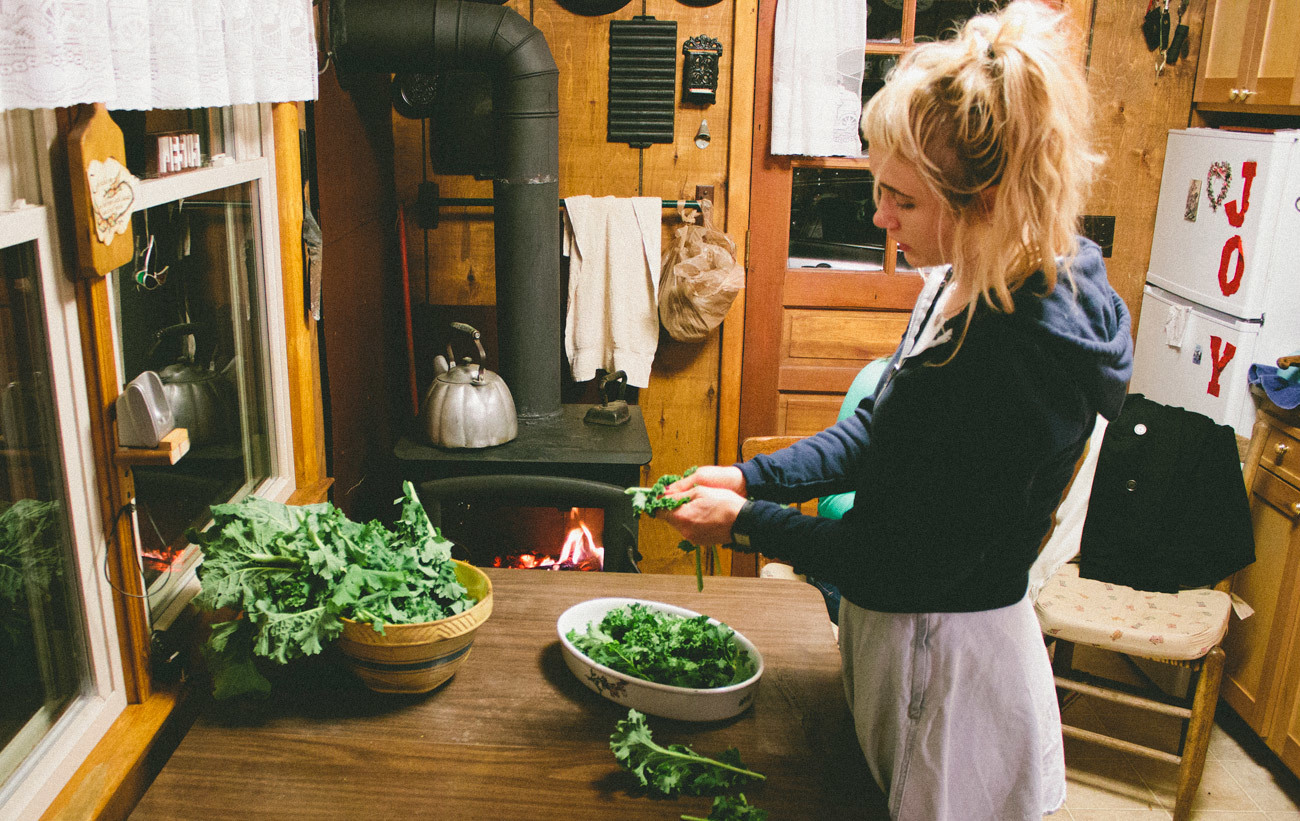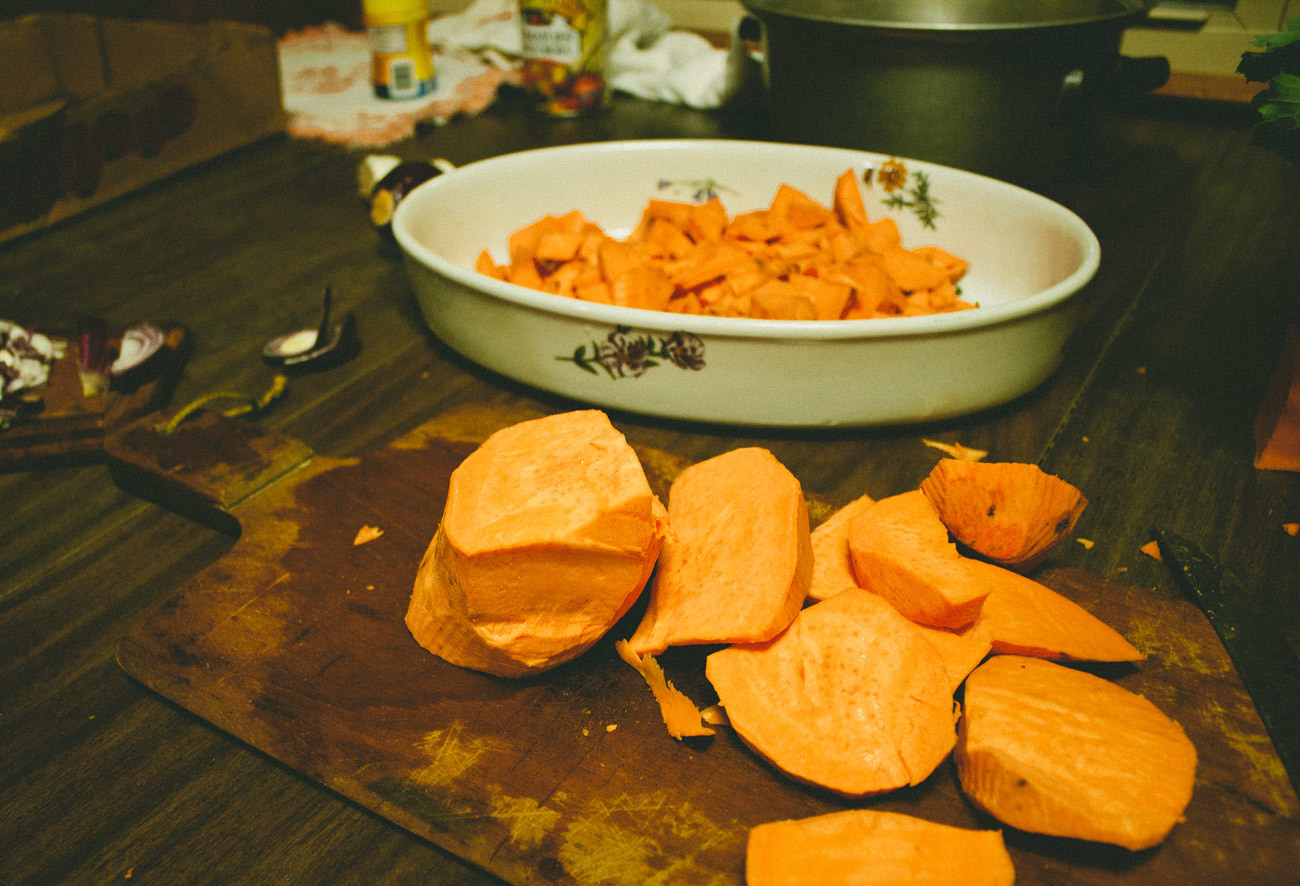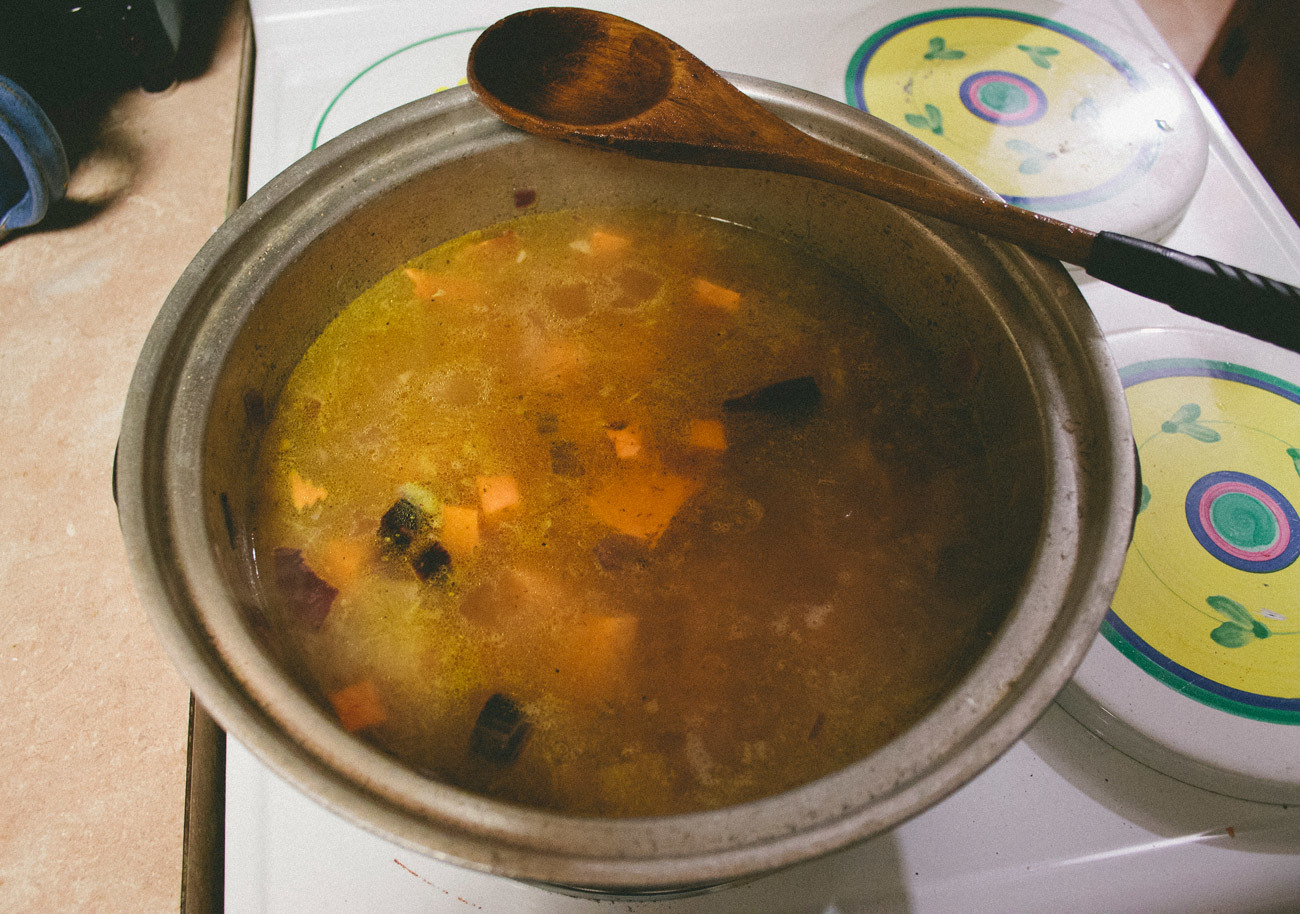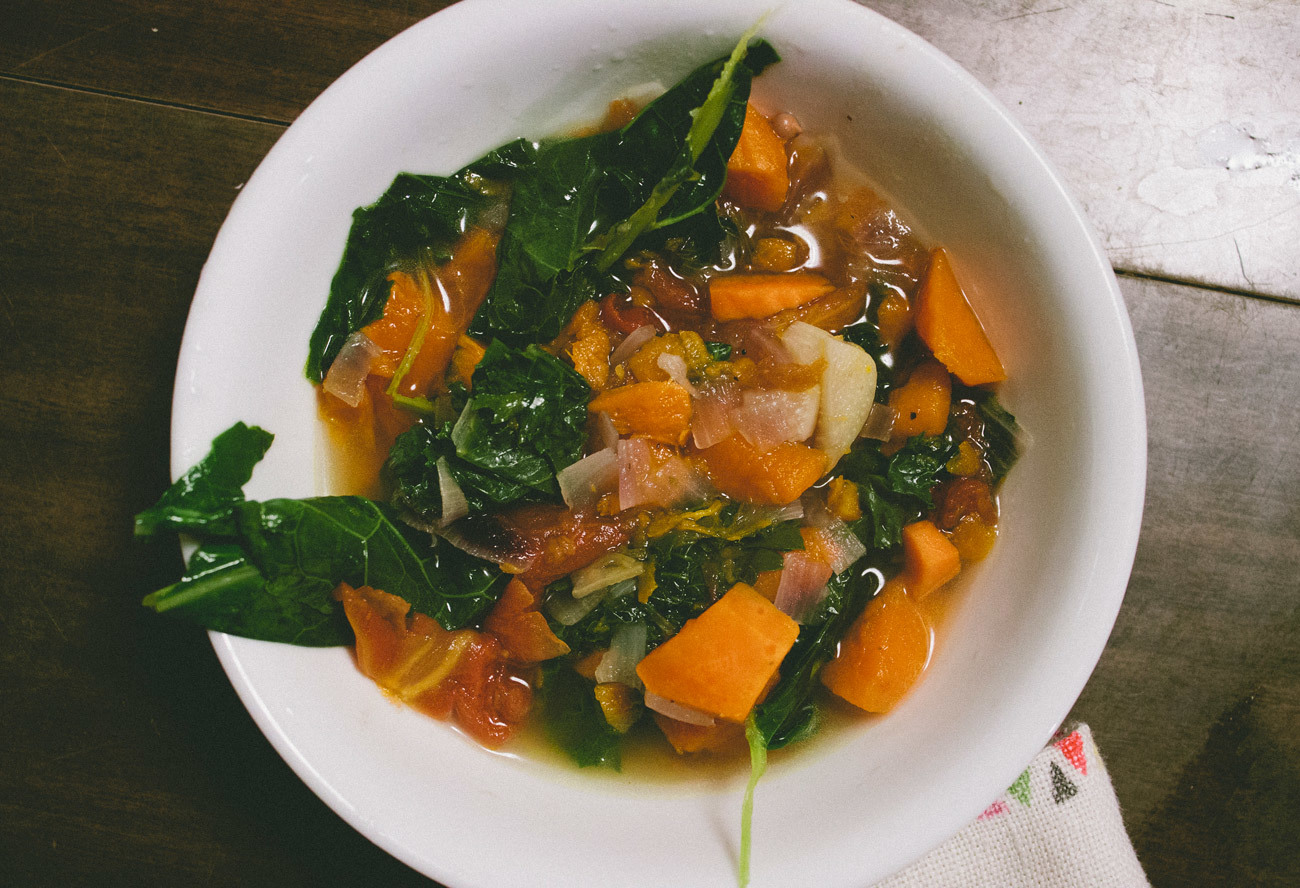True life: addicted to smoothie bowls.. for those mornings you come home from a sweaty run and your basic slurpy smoothie won’t satisfy your need for a wholesome breakfast. Smoothie bowls offer that satisfying filler with a bit of extra thickness and crunch. Move it straw, only spoons needed here. The idea is to make a super thick nutrient dense smoothie combining raw fruits + vegetables + super foods + protein (optional), and cover it in your favorite granola or muesli. You can switch them up each day of the week and add as many toppings as you like. Load them up with nuts, oats, chia, nut butters, coconut, berries, or an assortment of fruit and you’ve got a little piece of heaven. Vary your greens and your fruit combos too! I tend to stick with 80% greens 20% fruit. No matter what you do, its a great way to include a variety of nutrients into your diet.
Ingredients:
Smoothie:
1 Frozen Banana
1 Avocado Halved
1 Peach
Handful of blueberries
1 tbsp Bee Pollen
1" ginger cube
1 tbsp Maca powder
Kale
Sorrel
Filtered water
Cereal:
1/4 cup soaked buckwheat groats
1/4 cup pecans
1 tbsp shredded coconut
Goji berries
1 tsp Bee Pollen
Method:
1. Blend pecans and (soaked) buckwheat groats in a blender or food processor on low to medium. Just enough so that your pecans aren't completely ground. Remove mixture and set aside.
2. Place frozen fruits with enough filtered water to submerge them in a Vitamix or high speed blender. Turn on low to medium-high to puree.
3. Gradually increase the speed and add chopped kale, ginger, maca, sorrel, bee pollen and avocado.
4. Blend until creamy! You may add more water to achieve your preferred consistency! We like ours to be pretty thick to almost a yogurt texture.
5. Add your nut/buckwheat mixture on top of the smoothie bowl and garnish with coconut, gojis and bee pollen.
Nutrient Profiles:
Maca is a nutritionally dense root vegetable grown in Peru. It contains high amounts of minerals, vitamins, enzymes and all of the essential amino acids. Interesting fact: Maca is super rich in B-Vitamins including B-12 so if you are vegetarian and looking for a good revitalizing source this is worth a try! It’s also high in calcium, phosphorus, magnesium, potassium, vitamins C & E, iron and contains trace minerals including zinc and selenium, and fatty acids. It’s been used for centuries by South American cultures for hormonal balance, stress reliever, stress and depression reduction, increase physical strength, endurance and mental clarity.
Bee Pollen is the male “seed” of flowers/plants that are then taken by the honey bees from flower to flower as they mix the most nutrient dense parts with their own saliva and honey from their hive, creating a small pollen granule for the young bee. It is considered one of nature’s most completely nourishing foods as it contains nearly all nutrients required by humans. It's rich in proteins (approximately 40%), free amino acids, vitamins, including B-complex, vitamins C, A, E K, cartenoids, antioxidants, and trace minerals such as calcium, phosphorous, zinc and potassium. and folic acid.
Coconut is highly nutritious and rich in fiber, vitamins, and minerals and it is classified as a superfood because it provides many health benefits beyond its nutritional content. Coconut is high in saturated fat and comprised of 65% medium chain triglycerides from lauric and myristic acids. Health benefits include: anti-microbial, anti-bacterial, and anti-fungal properties as well as cosmetic uses for your hair, skin, and nails.
Goji berries have all 18 amino acids as well as mega doses of vitamin A (beta carotene), B1, B2, B6 and vitamin E. They contain more vitamin C by weight than any other food on this planet! Goji berries also contain more iron than spinach as well as 21 other key trace minerals such as calcium, iron, magnesium, zinc, selenium. Goji's are extremely rich in the unique phytonutrient anti-oxidants lutein, zeaxanthin, and beta-carotene which are some of the most important nutrients for healthy eyes and nervous system. Goji berries also contain 18 amino acids, 11 essential amino acids, making them a good source of plant proteins as well.
Sorrel is an under used garden green that is most commonly used to flavor soups and salads. It’s slightly astringent, tart, and almost lemony – in a ways like underripe strawberries or sour grapes – with a spinach-like texture. It contains measurable quantities of Vitamin C and oxalic acid (accounts for the tartness).
Avocados are loaded with nutrients including potassium, iron, vitamins A, C, E, B-complex, fiber, and heart healthy fats called monounsaturated fats. It contains the antioxidant, glutathione that has crazy anti-carcinogenic powers. High levels of glutathione are found in the liver where the elimination of toxic materials takes place. Glutathione is effective against pollutants such as cigarette smoke and exhaust fumes as well as ultra-violet radiation. Avocados have also been known as one of the best anti-aging and heal scars and burns. The D-manno-heptulose sugar that is found in avocados has been shown to improve the skin epidermis by boosting collagen formation.
{We used a Florida avocado in our smoothie. Florida avocados are significantly larger than the Hass avocados but are lower in overall fat and calories. The Hass avocado is more dense in monounsaturated fatty acids than the Florida avocado where the Hass averages between 18-30% fatty acids while the Florida has about 3-5% fats. This equals out to the Florida avocados being about 25-50% of the total fat content found in the Hass avocados.}
Common Buckwheat, despite the name is gluten free and grouped in the grain family. Buckwheat is slightly nutty, sweet, plump and kinda chewy (when soaked/sprouted). It's one of my favorite grains to use because it's a complete protein containing all 8 amino acids and it's so quick to sprout. Soak 1 part buckwheat to 3 parts water for about 30 minutes, rinse a few times and they are ready to eat or you can wait around for sprouts in about 36-48 hours. For a crunchy buckwheat sprout you can dehydrate them for a few hours (post soaking) for what I call "buckwheaties," a crunchy raw breakfast cereal. There are so many wonderful things that you can do with sprouted buckwheat. Typically if i don't eat them straight after sprouting. I'll leave them in a jar on hand when kitchen creations strike. Sprinkle them on salads, ice cream, yogurt, SMOOTHIE BOWLS, oatmeal, chia pudding, mix in granola, crackers, breads, cookies or toss with your favorite seasoning and eat em up like popcorn. They are an great source of complex carbohydrates, high in fiber, low in fat and contain so many important nutrients.
Buckwheat Nutrition Profile for 1 cup:
- Fiber // 17g
- Protein // 23 g
- Carbohydrates // 122g
- Thiamin // 11% DV
- Riboflavin // 42% DV
- Niacin // 60% DV
- Vitamin B6 // 18% DV
- Folate // 13% DV
- Vitamin B5 // 21% DV
- Iron // 21% DV
- Magnesium // 98% DV
- Phosphorus // 22% DV
- Zinc // 27% DV
- Copper // 93% DV
- Manganese // 111% DV













